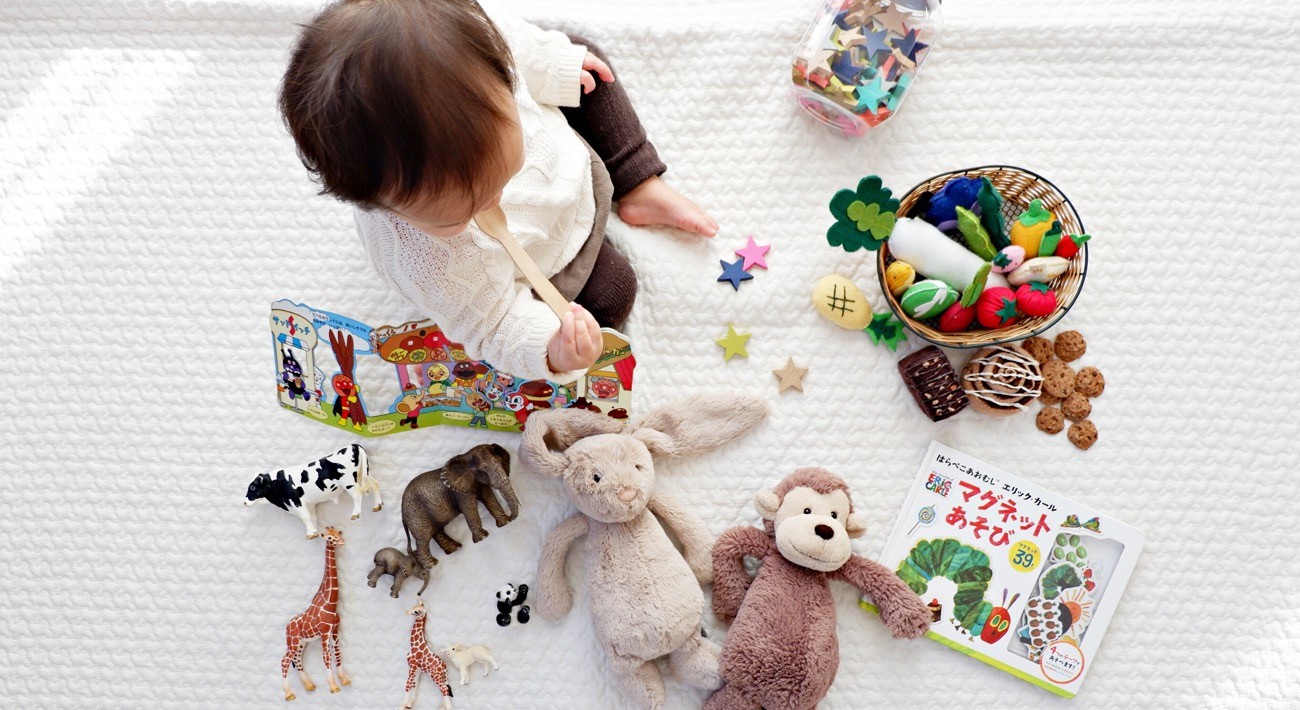- Some children with disabilities may have difficulty choosing between two concrete objects but can successfully make a choice when the objects are visualized on a board. This could be due to various factors, such as cognitive or perceptual challenges. Visual representations on a board may provide more structure, reduce sensory overload, or offer a clearer comparison by simplifying the decision-making process. The visual layout can help them process the information more effectively, allowing them to focus on the options and make a choice with less cognitive strain.
- In addition, children with disabilities may benefit from visualizations on a board because these representations can provide consistency and reduce the complexity of interacting with physical objects. Visual supports may be easier to process because they are static, which can minimize distractions that might arise from handling or seeing physical objects in real-time. The use of visual aids also allows for better anticipation of choices, as children can take their time to observe and understand the images, leading to a more deliberate and thoughtful decision-making process. This approach can promote confidence and independence in their ability to choose.
I made a communication board to help the child express their preferences and choose which color they want to use in art activities.
You can find it in the section: Shop










